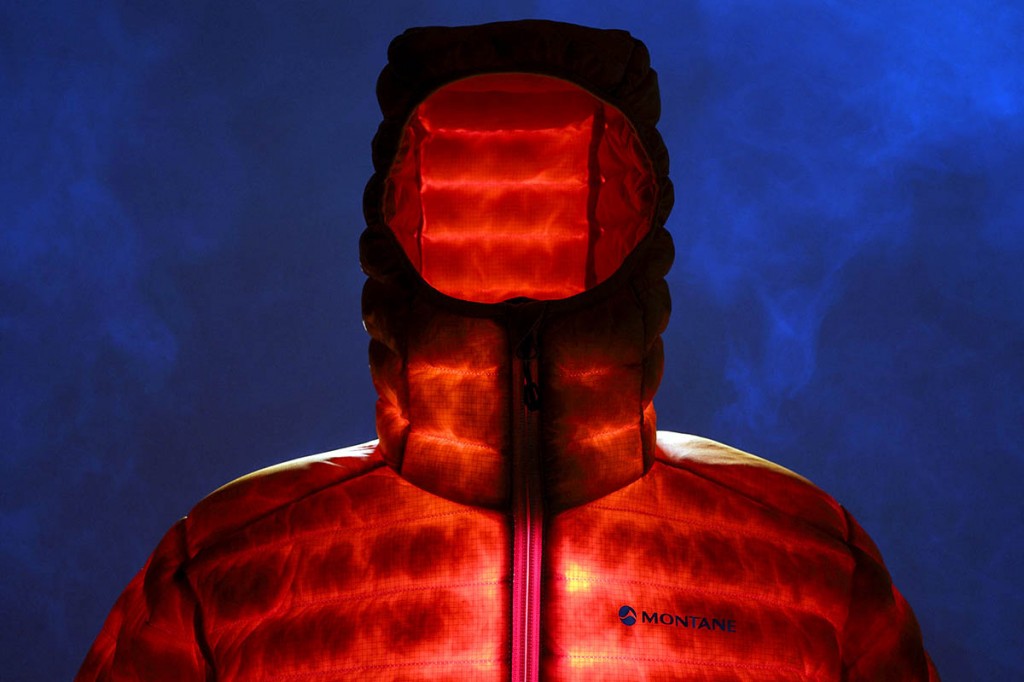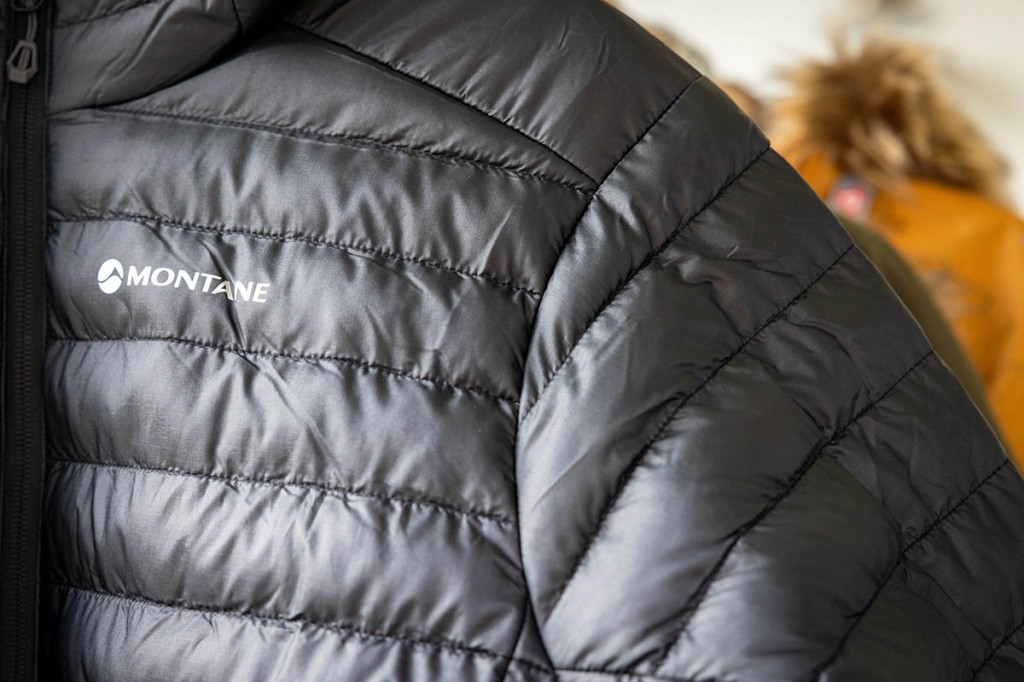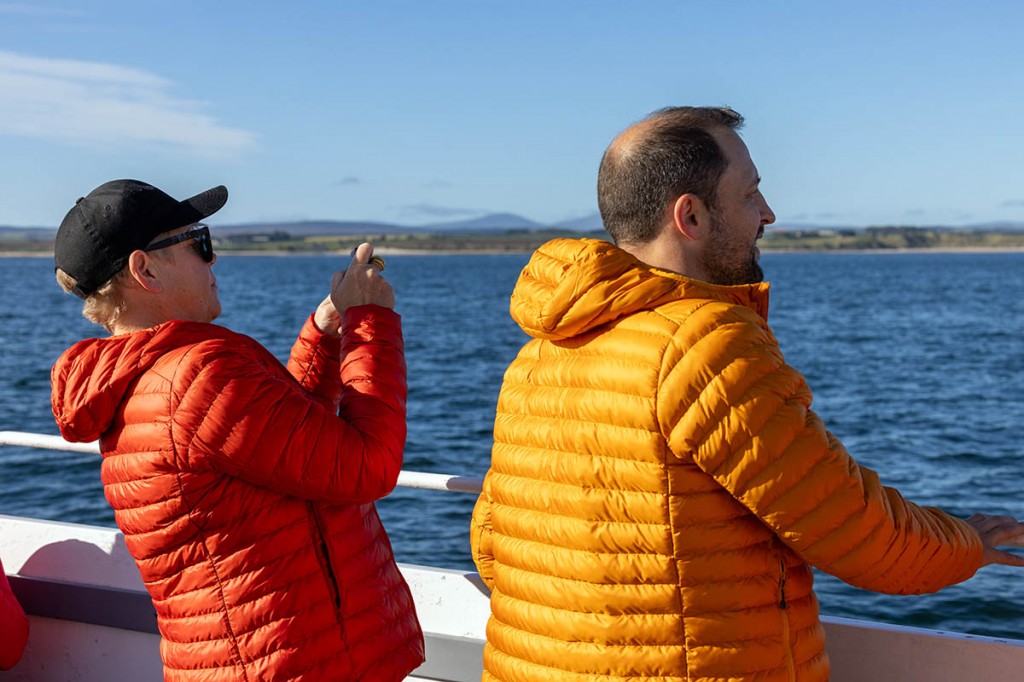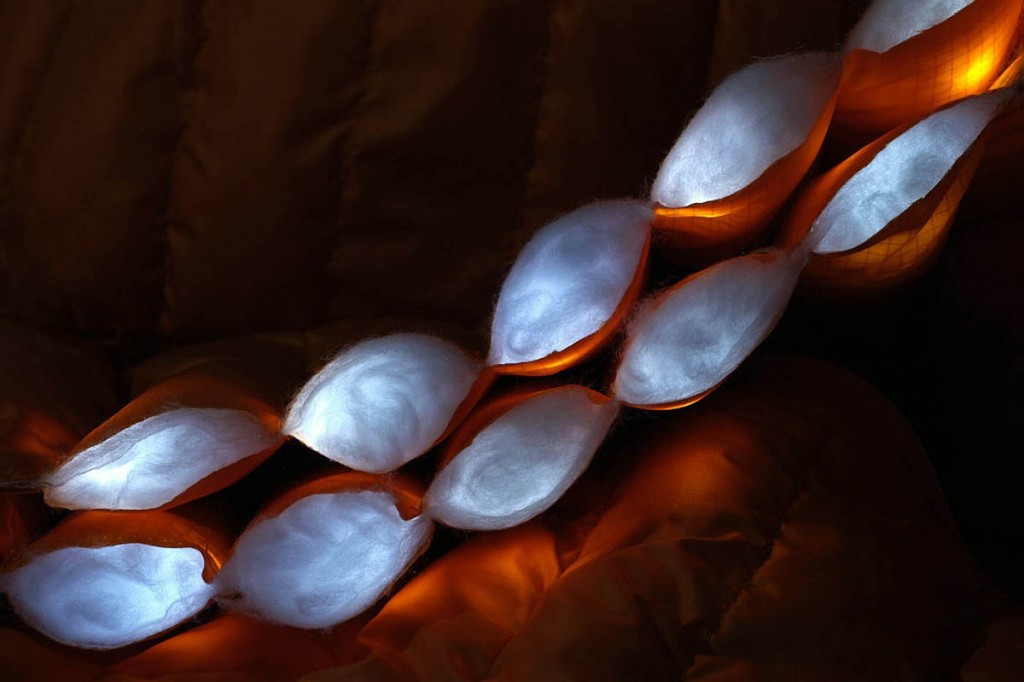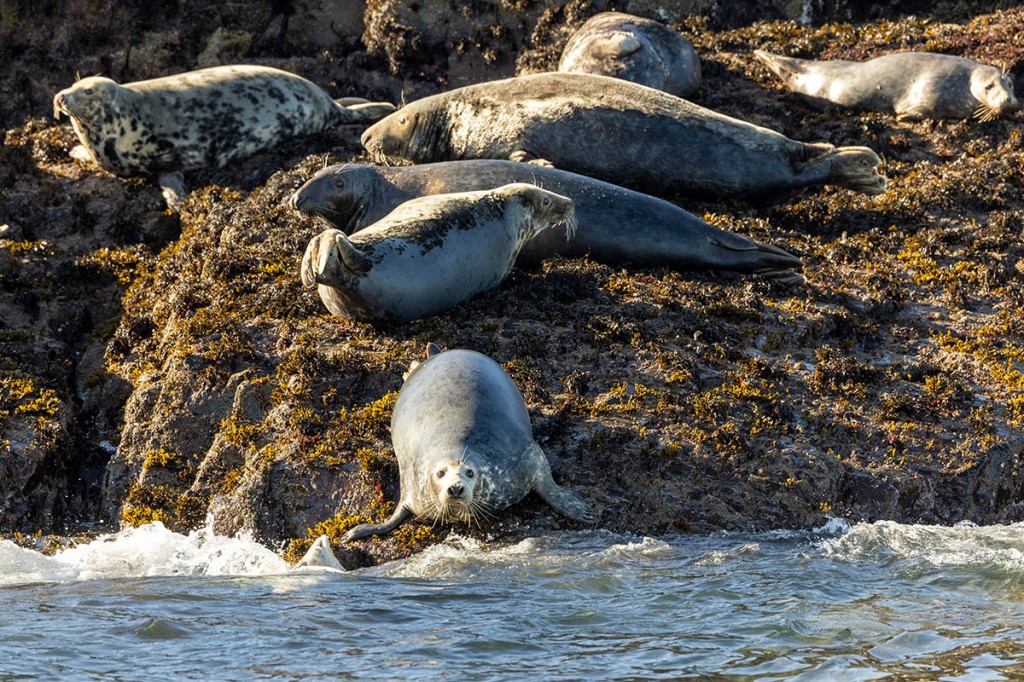As summer recedes and the daylight hours shorten, there comes a point where I find I have to make a conscious change to my approach to heading outdoors.
Left on the hanger are the t-shirts and lightweight clothing that were my choice for the warmer months, and into the rucksack goes the kit that’s going to give me the best chance of keeping dry and warm as the cold fronts speed across Britain from the Atlantic.
Good waterproofs, gloves, beefier footwear and an extra layer or two now form the basis of my equipment, along with a couple of headtorches, a hat and probably a neck gaiter.
And always, there will be an insulated jacket. I sometimes view this as an ‘insurance’ garment. Not necessarily definitely to wear, but it’s there if I need unexpectedly to stop for longer than I planned, or if the weather’s a bit colder than forecast and the windchill a notch or two harsher. An insulated jacket is also a good choice for ambling round town on those cool autumn and winter days.
If I’m charging uphill onto my favourite mountain, it’s unlikely that I’ll don the insulated garment for the whole ascent: I’d probably be too warm and, if it’s a down jacket, it’s going to get damp from the perspiration. And therein lies a problem. Down as an insulating filling is great: it’s light, provides excellent warmth and compresses well. But, once it gets wet, it loses much of its insulating ability as it can’t loft as well, so the air pockets between the down are reduced in size and your body will be less well insulated.
Hydrophobic treatment of down helps to an extent, prolonging the little feathers’ resistance to clumping, but it has its limitations.
Down as a filling is great in certain circumstances such as cold, dry alpine environments or those rare winter days when a column of high pressure sits on the UK, resulting in brilliant but freezing weather and memorable mountain outings.
But overall, the UK has a pretty damp climate, and alternative insulation is often a better choice.
Which is a roundabout way of explaining how I was heading up the A1 to Northumberland, courtesy of PrimaLoft and Montane. Florian Schneiderbanger, European communications manager for PrimaLoft, said his company’s product was the ‘unseen’ element in many garments: it’s hidden away inside the jacket, or gloves or boots.
Florian told the assembled journalists a few facts about the synthetic filling. The fibres produced by the New York State company are seven times smaller than a human hair. PrimaLoft retains 90 per cent of its warmth when it’s wet. It’s hypoallergenic and, importantly for a growing number of people, it’s suitable for vegans. And one further slightly mindboggling fact: one gram of the material would stretch to 9km (5.6 miles).
PrimaLoft produces three levels of its insulation: gold, silver and black. Somewhat coyly, the company says gold maximises the key benefits; silver optimises key benefits and black includes key benefits. Make of that what you will, but it’s clear gold is designed for superior performance compared with silver, which should outperform black.
To get technical, gold has a clo value of 0.92; silver 0.79; and black 0.65. A clo value of 1 is the insulation needed to maintain the thermal equilibrium of a resting person in a room at 21C. So the lower clo the more suitable it is for active pursuits. ThermoPlume is rated at 0.85.
Traditional synthetic insulation is ‘batted’, in other words, it comes in sheets of varying thickness. But the Montane Icarus Hooded Jacket we were to test also uses PrimaLoft’s ThermoPlume, which mimics down feathers in its construction, creating air pockets for thermal efficiency. Importantly, ThermoPlume can be inserted into clothing using traditional down-blowing machines, which insert the insulation between the baffles sewn into a garment.
At this stage, it’s pertinent to point out the move towards sustainability in the outdoors industry and by both PrimaLoft and Montane in particular. This season’s Icarus is the third version of the jacket and is 10 per cent lighter than the original. The outer shell of the garment uses 20 denier 100 per cent recycled ripstop polyester and the lining is also recycled polyester.
Inside the garment, Montane uses a combination of a thin layer of silver sheet insulation and black ThermoPlume. Matt Hickman from Montane was asked if packing insulation into baffles was less thermally efficient than using batted insulation without all the stitching involved in a baffle construction. He admitted that there is an aesthetic advantage to the baffled construction – the Icarus looks like a traditional down jacket – but the addition of the layer of the PrimaLoft silver both helps keep the feathery fibres of the ThermoPlume in place and improve thermal efficiency.
ThermoPlume is made from 100 per cent recycled material. PrimaLoft says the Icarus garment’s insulation equates to something like 500 down fill-power.
My men’s medium-size jacket tipped the scales at 552g, about 45 per cent heavier than an equivalent down jacket. Packability was quite good and the Icarus easily stuffed into a 5 litre drysack.
Perversely, the Northumbrian weather refused to play ball, and our walk along the coast from Bamburgh to Seahouses took place in sunny, pretty mild weather, and the Icarus went back in my pack for half the journey. But at Seahouses harbour we boarded a boat for a trip out to the Farne Islands, a North Sea archipelago about two to three miles offshore, and I was grateful of the warm qualities of the Icarus and its PrimaLoft filling.
Despite the unusually benign autumn weather there was a chill to the breeze gusting off the North Sea, and the gathered landlubbers were appreciative of the insulated jackets.
Since returning from the North-East, I’ve had chance to put the Icarus to more extensive testing, mostly in cool, windy, damp – or downright wet – conditions.
The first thing I’d say is that there isn’t that overwhelming effort to try to keep the jacket dry. If I’m out in a down jacket I’m aware constantly that getting it damp is going to affect its ability to keep me warm.
With the PrimaLoft filling, I could detect no reduction in performance and the Icarus provided the same level of insulation at the end of my outings as at the start. Windblocking was good too, with just the hint of penetration on the arms. The ThermoPlume filling had stayed in place and was still evenly distributed after walks when the damp came from both external sources and from perspiration generated on uphill walks.
The Montane jacket also worked as part of a layering set-up, with a waterproof shell providing protection against the rain and the PrimaLoft keeping me warm.
The design of the Icarus is simple, as is usual with insulated jackets. The full-length zip is backed by a baffle, which kept out the wind, and there are twin, zipped handwarmer pockets. The rear hem is dropped and there’s a drawcord to cinch in the hem, which has concealed spring toggles within the jacket.
Sleeve cuffs are elasticated and the hood is also elasticated. There’s no volume adjustment, but it stayed up in headwinds and turned reasonably well. If you’re using a helmet, it will need to go on over the hood as it’s not big enough to accommodate a helmet.
I think, given the climate we enjoy in the UK, my choice on all but the coldest days would be to use a jacket with synthetic filling. Unless your priorities are low weight and good packability, PrimaLoft scores over down on most aspects. I’ll save my down jacket for those biting, clear winter days when the temperature drops well below freezing.
Both Montane and PrimaLoft score well on sustainability with extensive use of recycled content. The latter company is looking at ways to move away from oil-based materials and towards the use of biomaterials.
Some PrimaLoft material now uses OceanBound sources. Plastic waste is collected from areas between the beach and 30 miles inland and is certified by OceanCycle, a social enterprise that works with brands to encourage the use of recycled materials which would otherwise have found their way into the sea.
- Grough travelled to Northumberland courtesy of PrimaLoft and Montane and the Icarus Hooded Jacket (suggested price £200) was provided by Montane.

